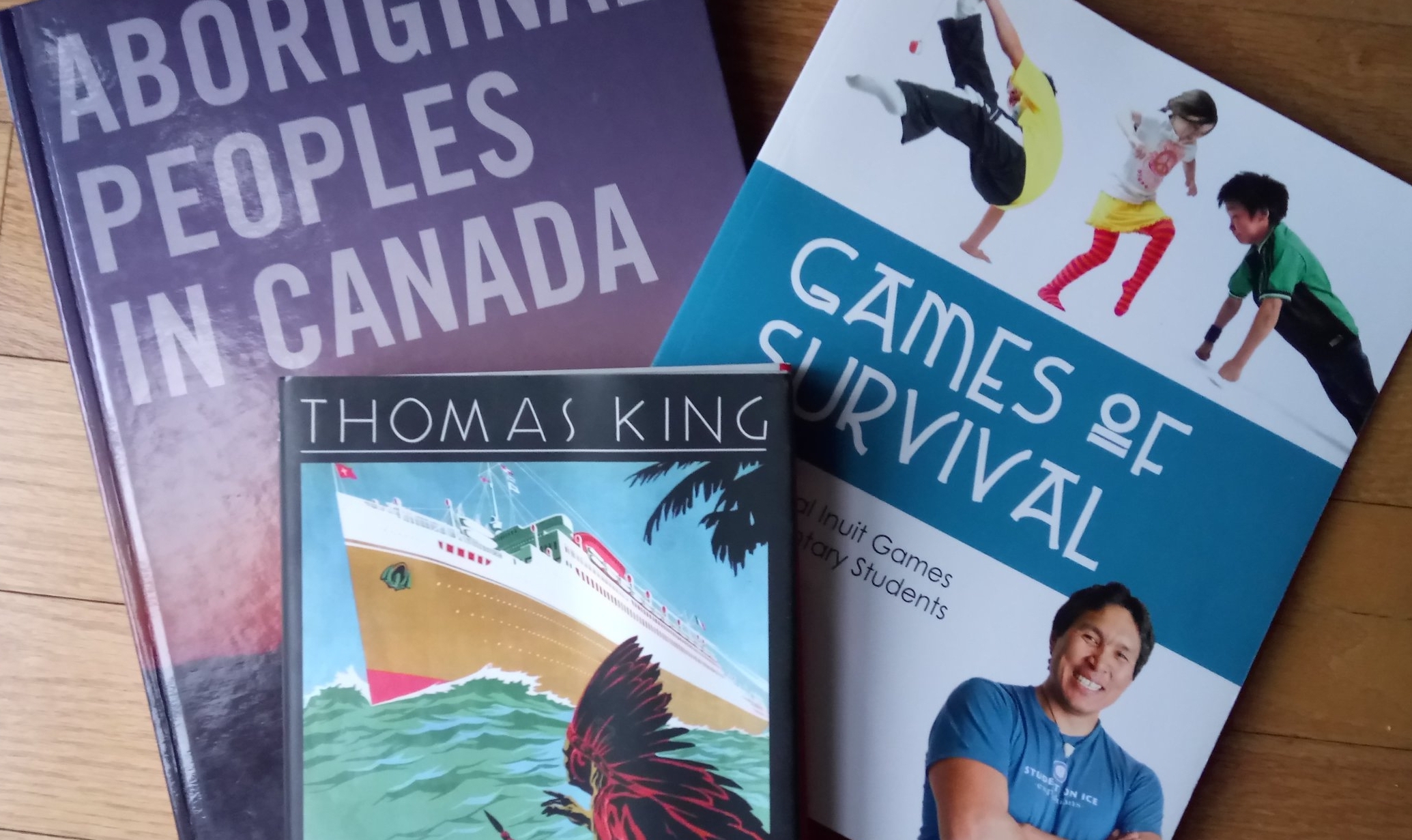This year I have been asked the question "How do I teach about treaties?" by a growing number of educators.
Call to Action 62 from the Truth and Reconciliation Commission singles out treaties specifically when laying out next steps towards Education for Reconciliation:
62. We call upon the federal, provincial, and territorial governments, in consultation and collaboration with Survivors, Aboriginal peoples, and educators, to: i. Make age-appropriate curriculum on residential schools, Treaties, and Aboriginal peoples’ historical and contemporary contributions to Canada a mandatory education requirement for Kindergarten to Grade Twelve students.
I have collected a few resources appropriate for use with your students. However, before we jump to the how, I think its important to reflect on another question, WHY should we teach about treaties?
For me, the answer to that question lies in the understanding of the foundation treaties created for our current understanding of Canada and in the injustices against Indigenous peoples perpetuated by the crown and later the government of Canada that occurred while treaties were being negotiated and signed. Injustices which continue today as Indigenous peoples and those allied with them argue that the spirit and intent of the treaties are not being honoured by the government.
Starting points to ground our teaching
(1) There are many different ways to categorize treaties, including those made between Indigenous Nations pre- and post-contact, and those made between Indigenous Nations and Settler people pre- and post-Confederation.
(2) In the Royal Proclamation of 1763, Indigenous Nations were recognized as sovereign on this land, meaning that treaties are nation-to-nation agreements. The Royal Proclamation is affirmed in Section 25 of the Charter of Rights and Freedoms. (In the last federal election, the Liberal Party of Canada adopted the nation-to-nation phrasing already in use by many grassroots people, and which again, has been affirmed in the Royal Proclamation and in the Charter.)
(3) Each treaty must be studied with consideration to the context within which they were signed. What were the circumstances and conditions experienced by either side at the time? Which side held the balance of power? How did all this affect the outcome/final agreement?
(4) In many cases of treaties made between Indigenous and Settler peoples, the different parties came away with very different ideas of what was agreed upon. This makes treaties a great opportunity to compare and contrast the worldviews of either side.
Critical questions to consider in your learning and teaching
How were treaties viewed by First Nations people? How were they viewed by the Settlers negotiating them? How were they recorded and remembered by each group? Where is knowledge about treaties held now?
Who held the balance of power during the negotiating and signing of this treaty? How do we know?
How can I ensure that Indigenous accounts of what occurred at treaty making are central and given at least equal weight to government interpretations of what was promised between parties?
What are the similarities and differences between the pre-contact and post-contact treaties?
In what ways have either side of the treaty I am learning about upheld their side of the treaty?
How does the government view/interpret the treaties today?
Why do some First Nation communities hold Treaty Day? What happens during that day?
Which Indigenous Nations across Canada have not signed a treaty? Why not? In those cases, how does the government of Canada view their relationship with that Nation? How does that Nation see themselves with respect to their relationship with the Canadian state?
Selected Resources
Under One Sun - This series produced by Nelson Publishing focuses on Treaty education, beginning at the Kindergarten level. I have previously written about their leveled readers, and their approach to introducing concepts integral to understanding Treaties.
Trick or Treaty (NFB - 1:24:51) - I highly recommend everyone teaching about Treaties watch this documentary by Alanis Obomsawin which is available for free personal viewing on the National Film Board website. In it, Obomsawin takes a specific look at Treaty 9, and the work Indigenous leaders are doing to have the agreement considered seriously by the government of Canada. Of note is the research which revealed the extent to which government negotiators engaged in trickery, and did not partner in good faith.
Treaties and the Treaty Relationship Webinar Series - a series of six webinars produced by Canada's History Society and the Treaty Relations Commission of Manitoba, which aims to present diverse perspectives on treaties. Topics include the significance of the Royal Proclamation and the relationship between treaties and the Indian Act.
Map of Ontario Treaties and reserves - A new resource from the province of Ontario. Input your city, address, or postal code to find out which treaties between the government and Indigenous Nations were made on the land you are on.
Treaties - A new resource from the province of Ontario which provides information on all of the Treaties made between Indigenous and non-Indigenous people within the boundaries of the province. The site includes teacher resources, books for students, and academic resources.
Goodminds.com - A link to the collection of books and resources sold on Goodsminds.com that appear when you search the word "Treaties".
